
When it comes to knife legality it is pretty challenging to navigate the flurry of laws and regulations in various states within the U.S. Each state has its own set of rules as to what knives you can own, what knives you can carry, and how you can carry them.
KPL has put together this quick reference guide to help you understand knife laws so you can ensure you are not potentially putting yourself in a legal predicament in your own state or while traveling.
Note - This is not intended to be legal advice, and can only be used as a reference tool.
What Kind of Knives are we talking about?
In this article, we will be covering pocket knives, including manual folders, automatics, assisted opening knives, as well as general tool use and outdoor fixed blades. For some great information regarding the laws and regulations around balisongs, check out this article by our balisong expert Barkhandle.
Understanding Preemption
Preemption is an important concept in knife law, which basically means that all knife laws are made at a state level. That means states with knife law preemption restrict the ability of local governments to make their own knife laws. This greatly simplifies things for us because we can simply look at the state law and know what we can own and carry.
Unfortunately, preemption is not in effect in all of the states, and many of those states can be confusing because certain cities will have their own rules and regulations. While I won’t cover individual cities, you can check out the Knife Rights Legal Blade app to help you out.
States that Currently Have Knife Law Preemption
- Alaska
- Arizona
- Georgia
- Iowa
- Kansas
- Montana
- New Hampshire
- Ohio
- Oklahoma
- Tennessee
- Texas
- Utah
- West Virginia
- Wisconsin
There are several states that do not have preemption, however their state constitutions act in the same manner:
- Colorado
- Idaho
- Illinois
- Mississippi
- New Mexico
- Vermont
- Wyoming
Outside of these listed states, it is important to understand that some local jurisdictions may have different knife laws than the rest of the state. This is most common in large cities and highly populated areas.
Automatic Knife Laws
Automatic knives have long been a topic of controversy in the United States, becoming very unpopular in the 1950s when Hollywood portrayed them as dangerous weapons used by gangs and criminals. This led to the passing of the Federal Switchblade Act of 1958, which bans the commercial sale of automatic knives across state lines.
Though automatic knives got a bad rap for years, many states have begun to realize that these are valuable tools rather than dangerous weapons, and they have become legalized in many states (with restrictions in some cases).
Keep in mind that if there are no restrictions listed here, automatic knives will fall under the general laws of the state and may have specific restrictions on carrying them outside of your home. It is important to note that although ownership may be legal, many companies may not ship to your state due to other restrictions.
|
State |
Ownership Restrictions |
|
Alabama |
None |
|
Alaska |
None |
|
Arizona |
None |
|
Arkansas |
None |
|
California |
Less than 2 inch blade |
|
Colorado |
Max blade length of 3.5 inches |
|
Connecticut |
Max blade length of 1.5 inches |
|
Florida |
None |
|
Georgia |
None |
|
Idaho |
None |
|
Illinois |
With valid firearms license |
|
Indiana |
None |
|
Iowa |
None |
|
Kansas |
None |
|
Kentucky |
21 years of age |
|
Louisiana |
None |
|
Maine |
None |
|
Maryland |
Can carry if not concealed |
|
Massachusetts |
Max blade length of 1.5 inches |
|
Michigan |
None |
|
Mississippi |
None |
|
Missouri |
None |
|
Montana |
None (previously max length of 1.5 inches) |
|
Nebraska |
None |
|
Nevada |
None (previously max length of 2 inches) |
|
New Hampshire |
None |
|
North Dakota |
None |
|
New York |
Only when hunting and fishing |
|
North Carolina |
Vague laws, would not recommend carrying concealed |
|
North Dakota |
Max blade length of 5 inches |
|
Ohio |
None |
|
Oklahoma |
None |
|
Oregon |
None |
|
Rhode Island |
None |
|
South Carolina |
None |
|
South Dakota |
None |
|
Tennessee |
None |
|
Texas |
None |
|
Utah |
None |
|
Vermont |
Blade length less than 3 inches |
|
Washington |
Limited to law enforcement and emergency responders |
|
West Virginia |
None |
|
Wisconsin |
None |
|
Wyoming |
None |
Folding and Fixed Blade Knife Laws in the 50 States
Folding knives and fixed blades are largely treated equally under the law in most states. Fixed blades that were specifically designed as weapons such as daggers, dirks, and bowies, see the most restrictions across the country.
For the most part, outside of automatics, most pocket knives are generally safe to carry in many states. Automatics do still see a lot of restrictions on carry, even where ownership is legal. Caution should also be taken with assisted opening knives because some laws can be very vague, and may consider your assisted knife to be classified as an automatic.
When it comes to making the decision to open or conceal carry your knife, your first choice should be to take the law into account. Even if the law says you can open carry, you should always get a feel for your area.
I live in a rural area of Connecticut so it's fairly common to see people with a knife displayed. However, if I head to a more populated area, I may decide to conceal carry so as to not to draw attention to myself.
Almost all states place heavy restrictions on carry in schools and government buildings. Most outwardly ban carrying any knives in these places, but a few will actually allow limited carry. I would advise just assuming that you cannot carry a knife in those places.
Below is a generalized listing of laws by state, but always keep in mind that there may be cities within these states that have additional restrictions.
|
State |
Length Restrictions |
Concealed/Open Carry Restrictions |
Restricted Knives |
|
Alabama |
None |
Can not conceal carry Bowies (defined as long knives) |
None |
|
Alaska |
None |
Must be over 21 years or age to conceal carry |
None, must be 21 to carry automatics |
|
Arizona |
None |
Must be over 21 years or age to conceal carry |
None |
|
Arkansas |
None |
No restrictions |
None |
|
California |
Location based, generally under 4 inches |
Can not conceal fixed or folding daggers |
Automatics over 2 inches, undetectable knives, cane knives/swords, pen knives, and ballistic knives |
|
Colorado |
Max blade length 3.5 inches |
Can carry concealed if 3.5 inches or less. |
Ballistic Knives |
|
Connecticut |
Max length 4 Inches of sharpened blade, exceptions for actively hunting and fishing |
Can conceal or open carry |
Automatics over 1.5 inches, no ownership and carry restrictions beyond ballistic knives |
|
Delaware |
Max blade length of 3 inches |
Weapons permit to carry open or concealed any knife longer than 3 inches |
Automatics and undetectable knives |
|
Florida |
None |
Common folding knives may be concealed, fixed blades must be open carry. |
Ballistic knives |
|
Georgia |
12 inches or less |
Open or concealed carry. |
No restrictions, blades over 12 inches considered weapons. |
|
Hawaii |
None |
Open or concealed carry. |
Automatics are banned, dirks and daggers can be owned but not be carried. |
|
Idaho |
6 inches or less |
Open or concealed carry. |
Knives over 6 inches are considered weapons and can not be concealed |
|
Illinois |
Generally none, less than 3 inches in some areas. |
Concealed or open carry, certain jurisdiction restrictions |
Automatics and ballistic knives |
|
Indiana |
None |
Open or concealed carry. |
Ballistic knives and throwing stars |
|
Iowa |
5 inches |
Open or conceal under 5 inches, can not carry daggers or automatics. |
Ballistic knives |
|
Kansas |
None |
Open or concealed carry. |
None |
|
Kentucky |
None |
Open or concealed carry ordinary pocket and hunting knives |
Anything beyond the vague description of ordinary pocket knife and hunting knife can not be carried by anyone under 21. |
|
Louisiana |
None |
Open or conceal carry with the exception of certain jurisdictions |
None |
|
Maine |
None |
Restriction on carrying bowies, dirks, and daggers in a threatening way. |
None |
|
Maryland |
None noted |
Concealed carry limited to folding knives permitted if not automatic. |
Automatic and ballistic knives |
|
Massachusetts |
Vague law, 1.5 inches is safe. |
Many jurisdiction restrictions, folding pocket knives may be carried concealed as long as it does not lock into place. single edged fixed blades can be openly carried. |
Due to vague laws it is known that automatics more than 1.5 inches are banned as are daggers and ballistic knives. Essentially anything that can be viewed as a weapon is banned. |
|
Michigan |
None noted |
Can not conceal carry dirks or daggers (double edged) |
None |
|
Minnesota |
None |
Local restrictions, generally open or concealed carry is acceptable. |
Automatic knives |
|
Mississippi |
None |
Can not conceal carry bowies, dirks, or automatics. |
None |
|
Missouri |
4 inches or less for pocket knives |
Open or concealed is generally acceptable. |
None |
|
Montana |
None |
Open or concealed is generally acceptable. |
None |
|
Nebraska |
None |
3.5 or less inches to carry concealed, open carry larger than 3.5 inches. |
None |
|
Nevada |
None |
Can not conceal carry machetes. Can not conceal carry dagger and automatics over 2 inches. |
None |
|
New Hampshire |
None |
No restrictions |
None |
|
New Jersey |
None |
No restrictions outside of banned knives |
Automatics, gravity knives, dirks, daggers, and ballistic knives |
|
New Mexico |
None |
No restrictions outside of banned knives |
Automatics and assisted opening |
|
New York |
Many local rules and regulations, typically below 4 inches is safe |
Limitations on open carry in some areas, many local restrictions. |
Automatics, gravity knives, dirks, daggers, and ballistic knives (hunting and fishing exceptions for automatics) |
|
North Carolina |
None |
Open carry for all knives, concealed carry forbidden for bowies, dirks, and daggers. Numerous local restrictions. |
Ballistic knives |
|
North Dakota |
5 Inches or more is considered a dangerous weapon. |
Open carry is acceptable, weapon permit required for concealed carry. |
None |
|
Ohio |
None |
May not conceal a deadly weapon(carried as a weapon or designed as a weapon) |
Ballistic knives |
|
Oklahoma |
None |
No restrictions |
None |
|
Oregon |
None |
May not conceal carry automatic, assisted, dirks, daggers, or ice picks. |
None |
|
Pennsylvania |
None |
Open or concealed carry. |
Automatics |
|
Rhode Island |
None |
Open carry is unrestricted, and can not conceal carry anything over 3 inches. |
None |
|
South Carolina |
None |
No restrictions on concealed carry assuming no crime is being committed. Numerous local restrictions. |
None |
|
South Dakota |
None |
Open or concealed carry. |
None |
|
Tennessee |
None |
No restrictions. |
None |
|
Texas |
Over 5.5 inches have location restrictions |
Open or concealed carry. |
None |
|
Utah |
None noted |
Open or concealed carry. |
None |
|
Vermont |
3 inches (auto only) |
No restrictions |
Automatics over 3 inches |
|
Virginia |
None |
Can not conceal carry bowies, dirks, daggers, machetes, throwing stars, automatics, and ballistic knives |
Ballistic knives |
|
Washington |
None |
Can not conceal daggers, dirks, automatics, or other dangerous weapons. |
Automatics, dirks, and daggers. |
|
West Virginia |
Over 3.5 inches considered dangerous weapons for daggers, dirks, and pocket knives. |
Knives in the deadly weapon class may not be carried by people under the age of 21 |
None |
|
Wisconsin |
None |
No restrictions |
None |
|
Wyoming |
None |
No restrictions over 21 years of age. |
None |
Whatever type of knife you carry, open or concealed, you can ensure a prolonged life for your EDC knives by reducing the wear on moving parts with KPL's line of knife lubricants, and keep your blades clean and rust-free with Knife Shield. Use code "BLACKFLAG" at checkout for 10% off your order!


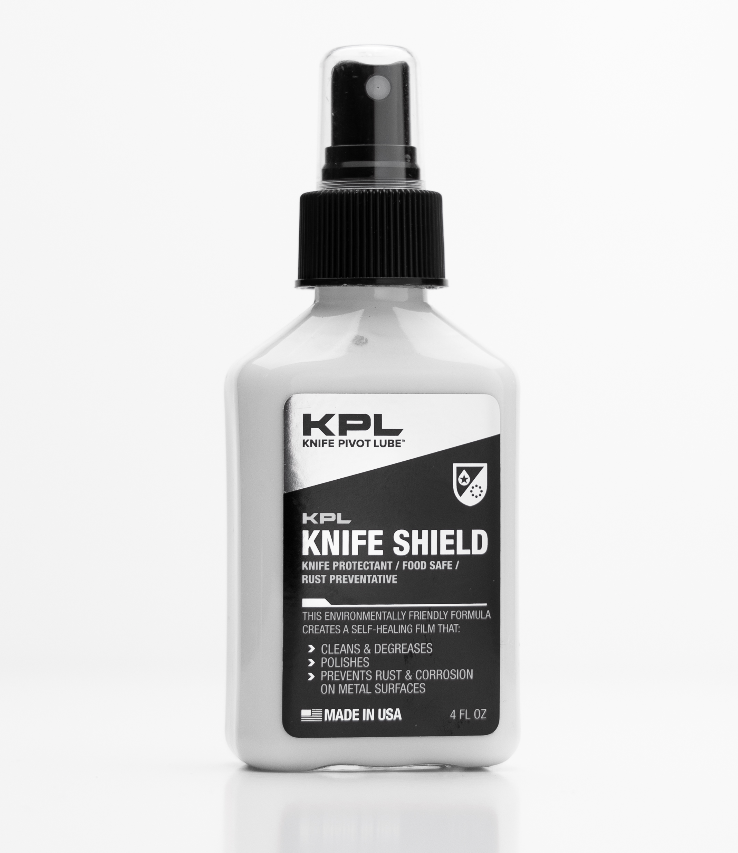
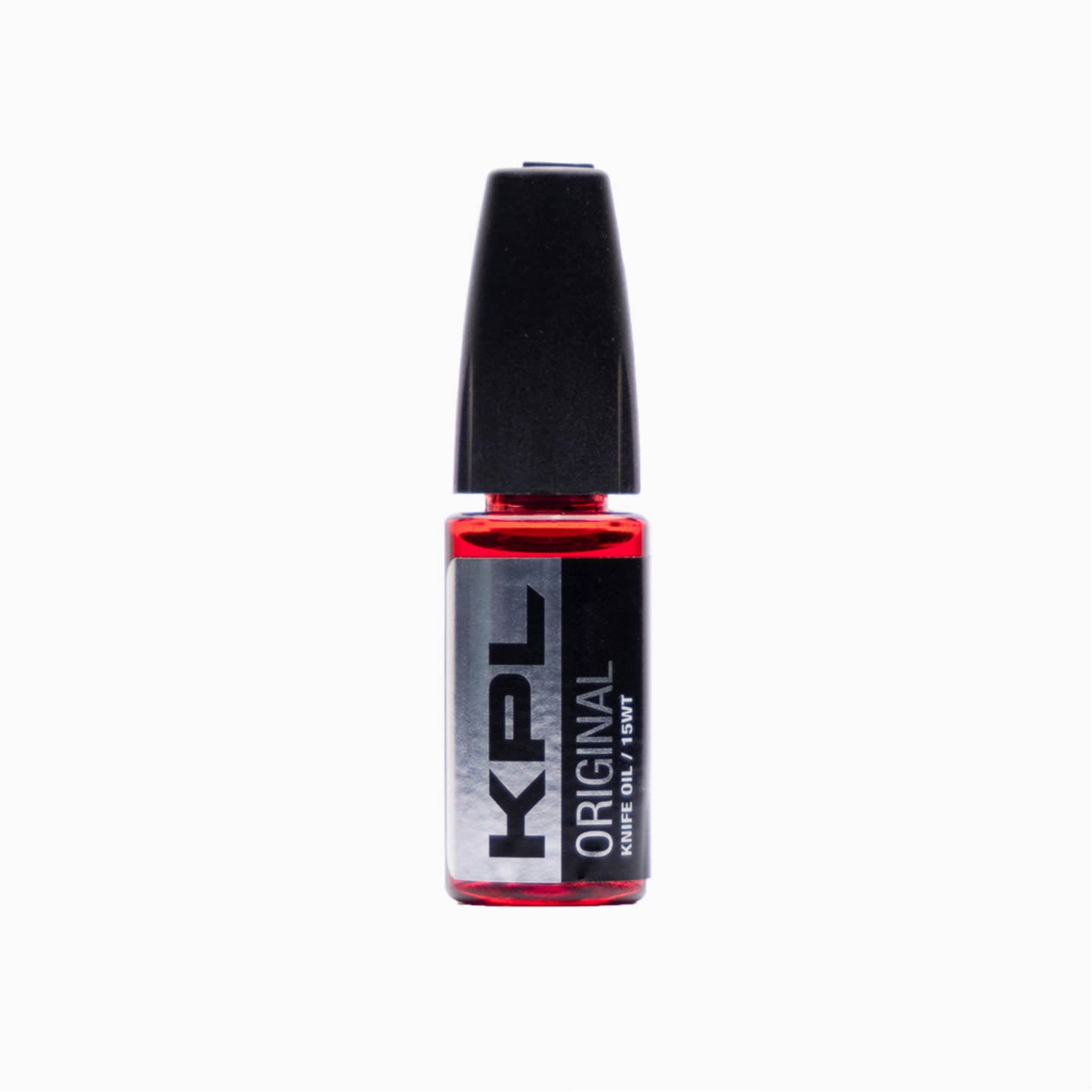

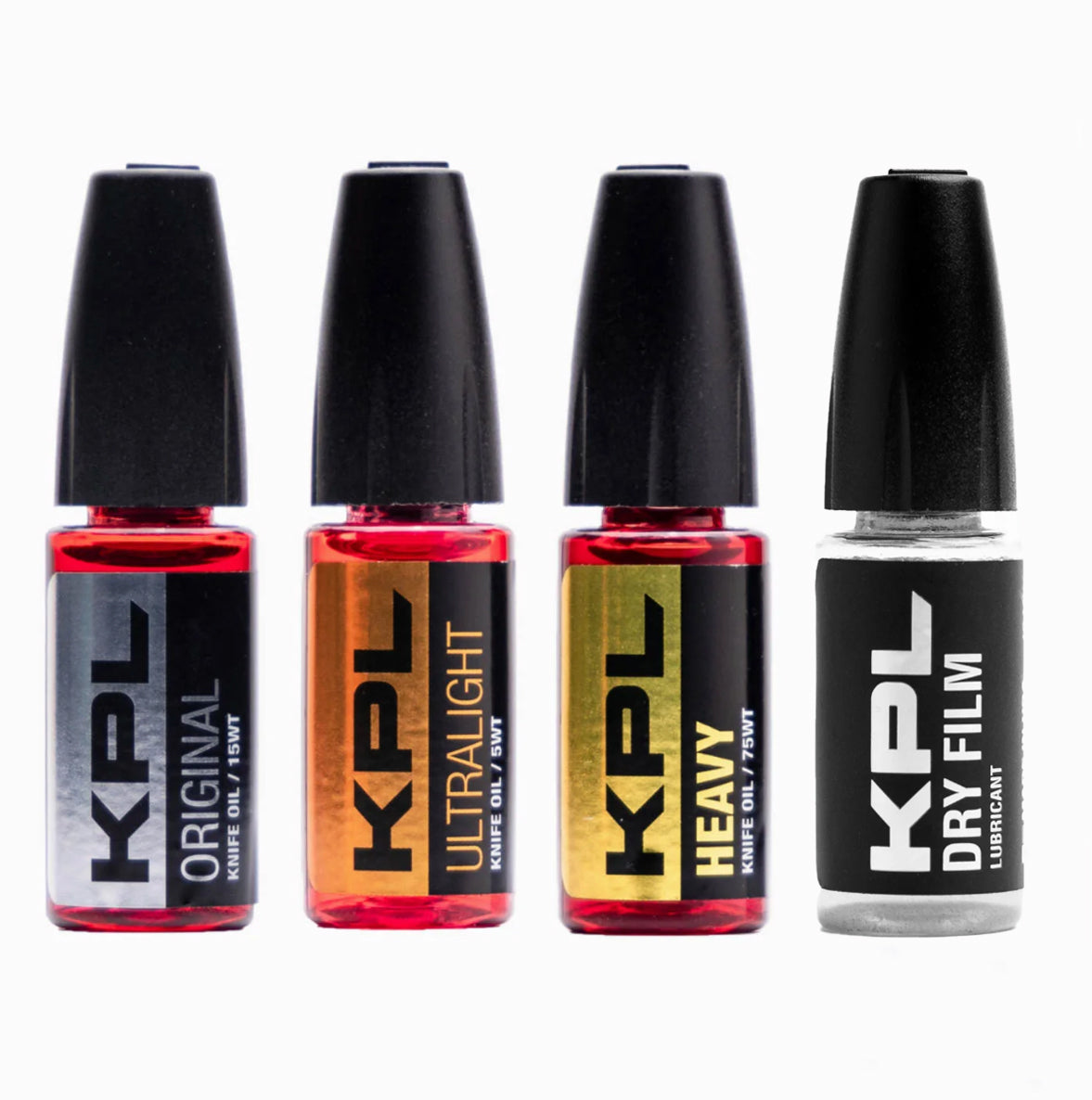
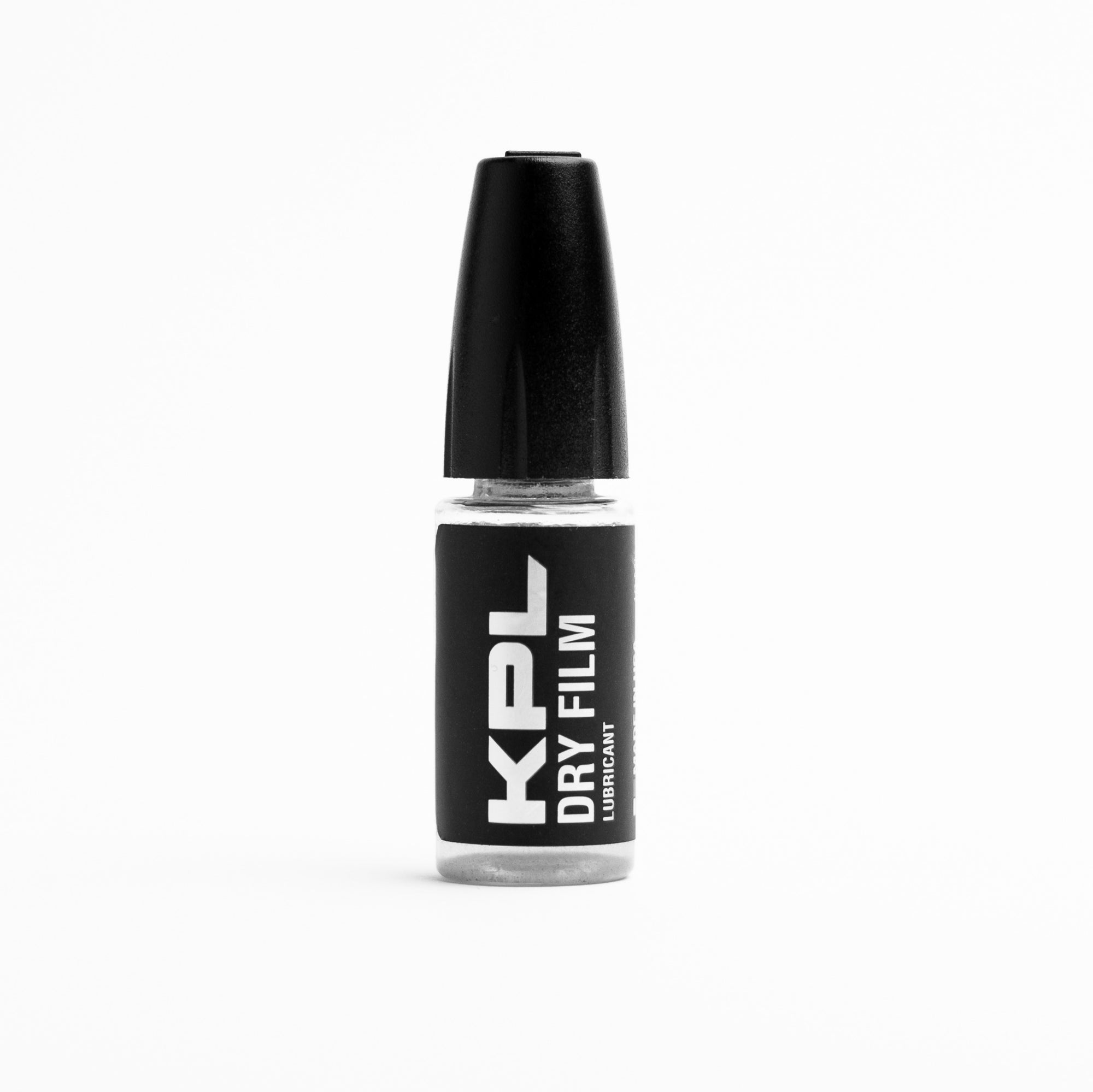
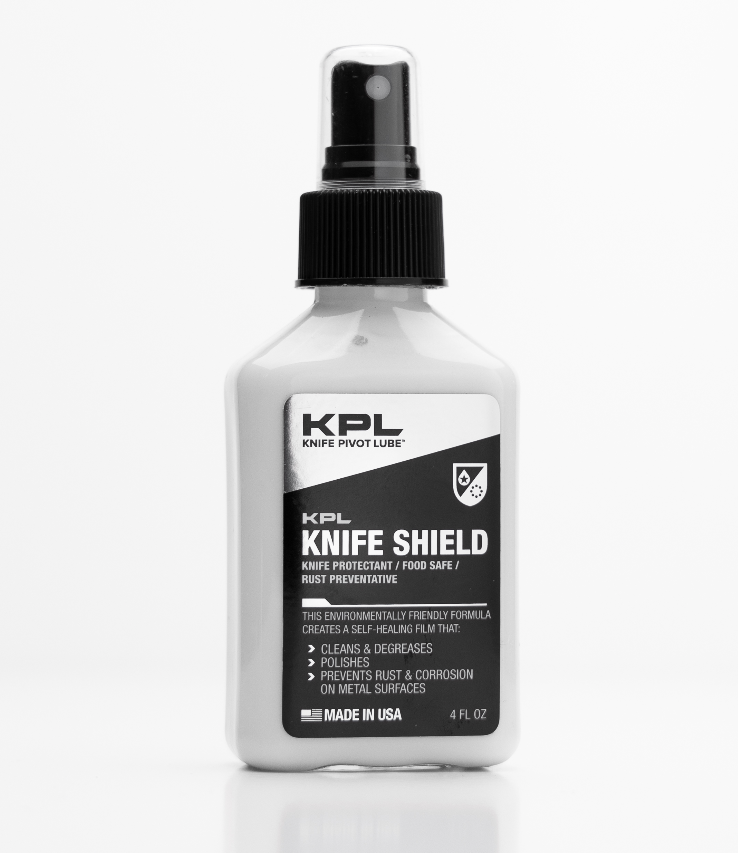
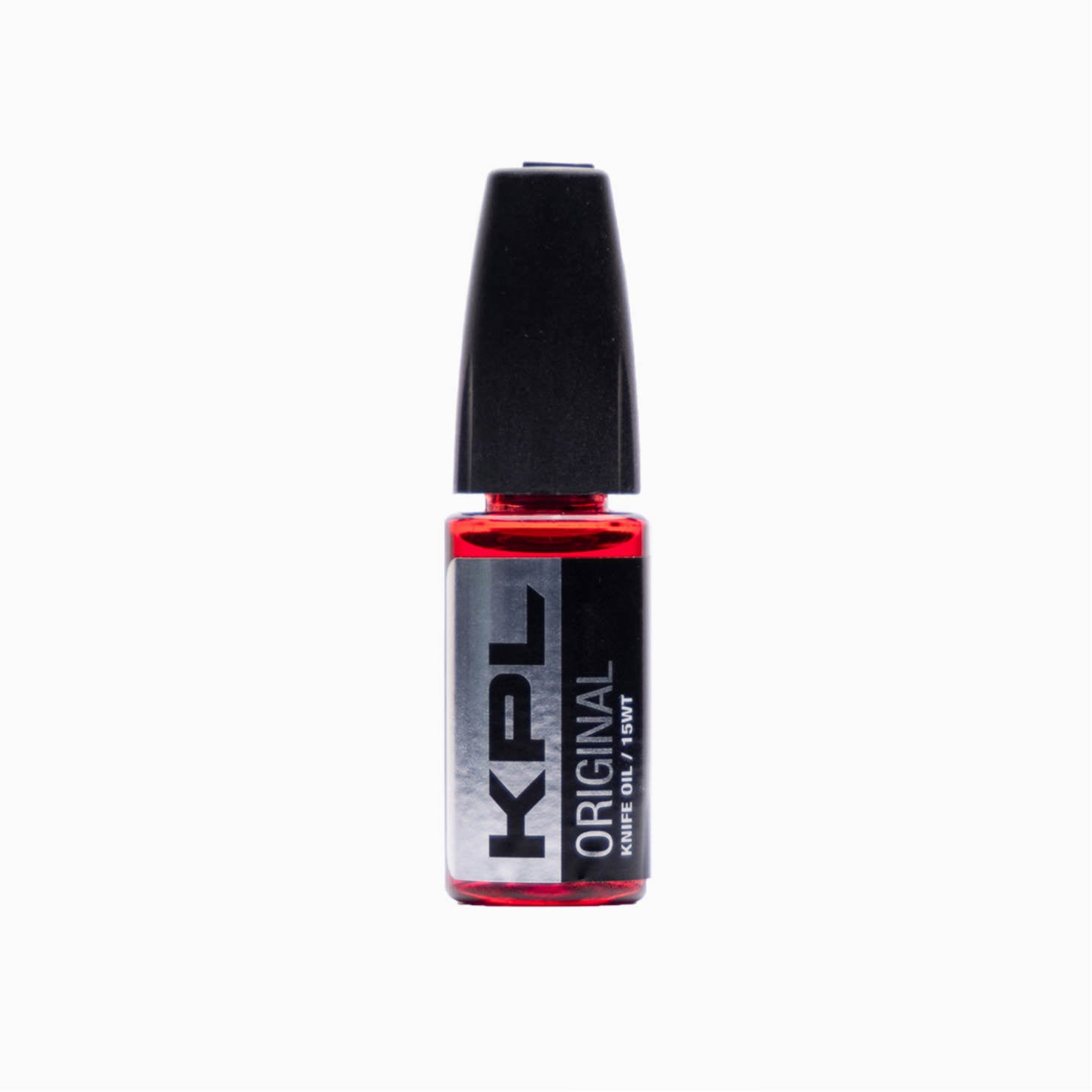
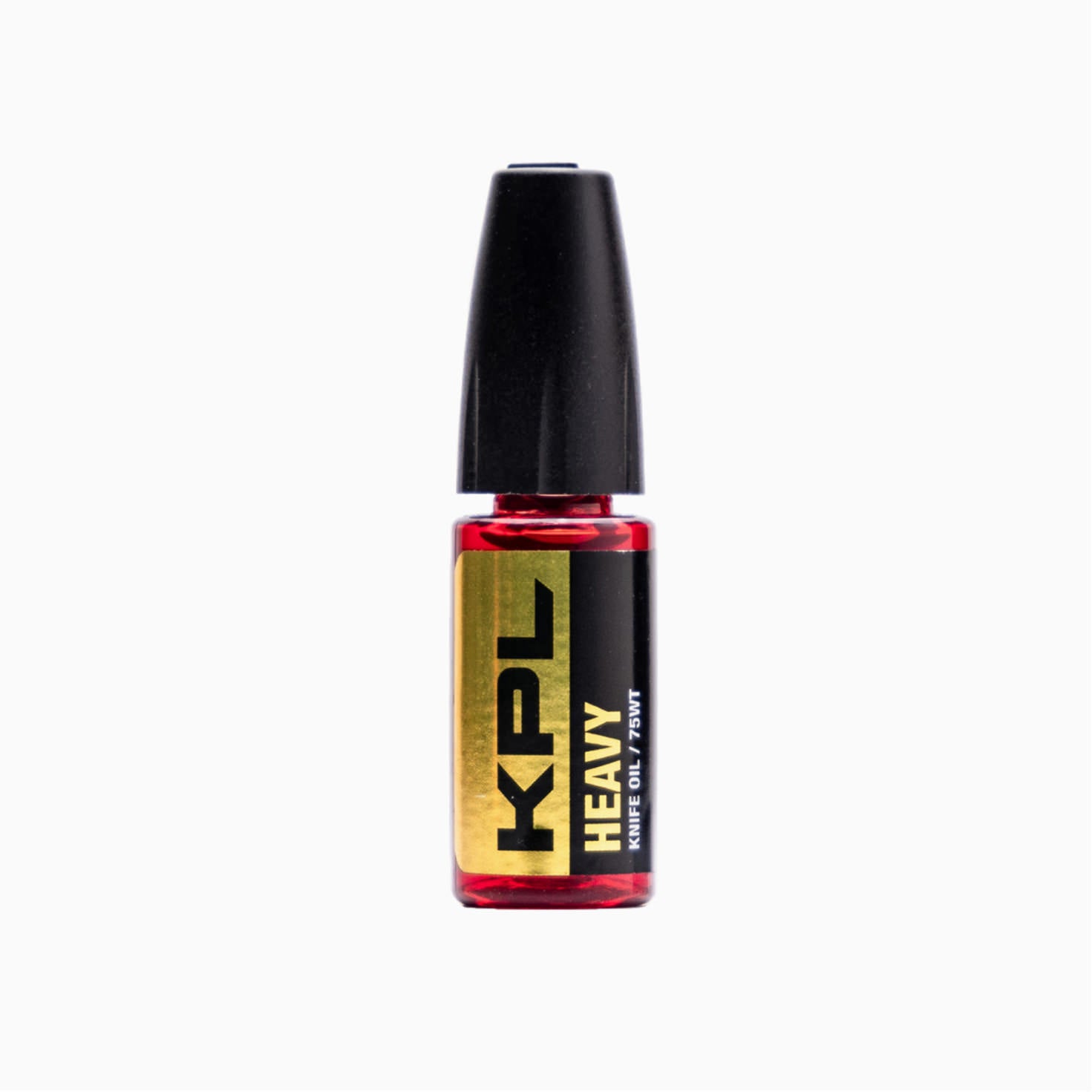
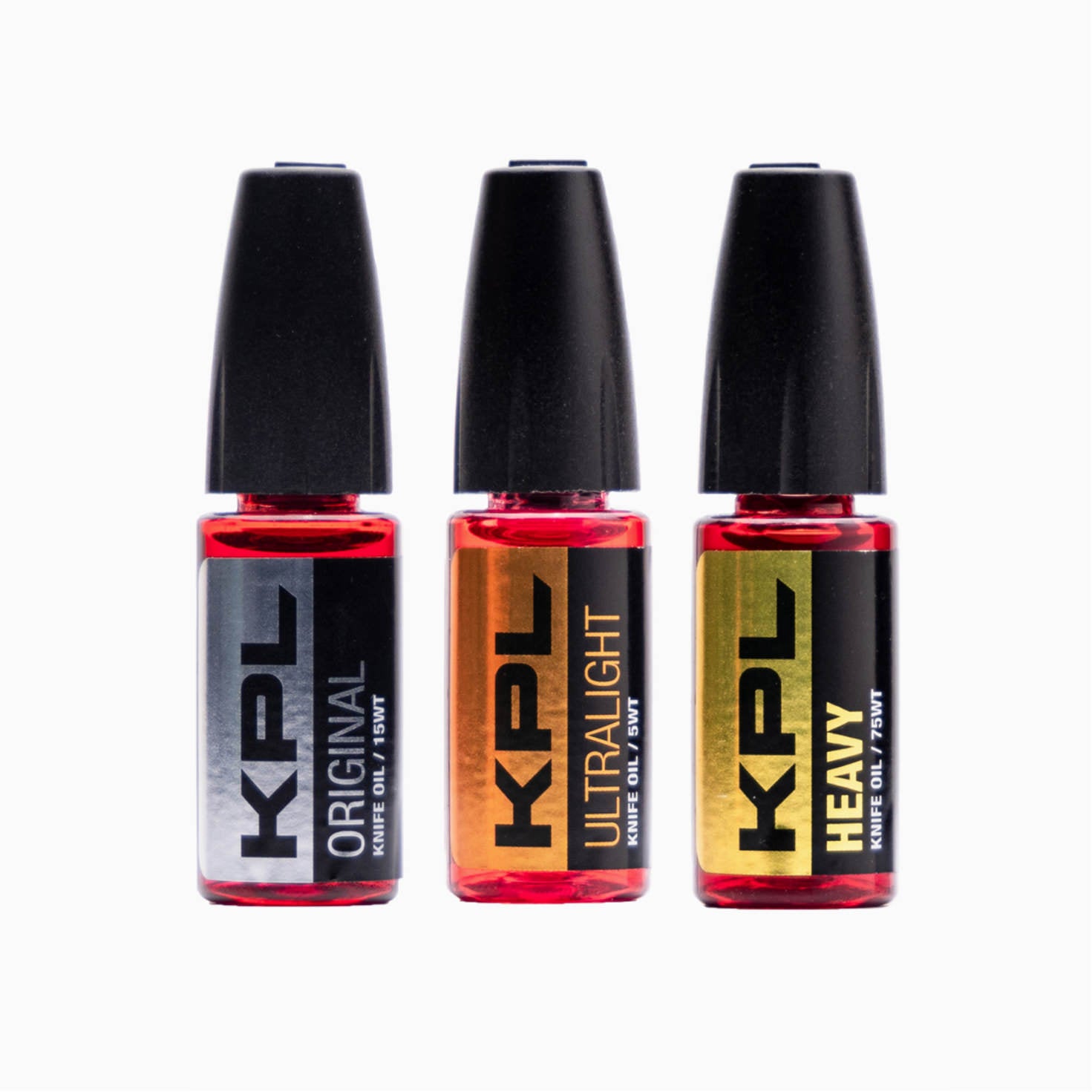
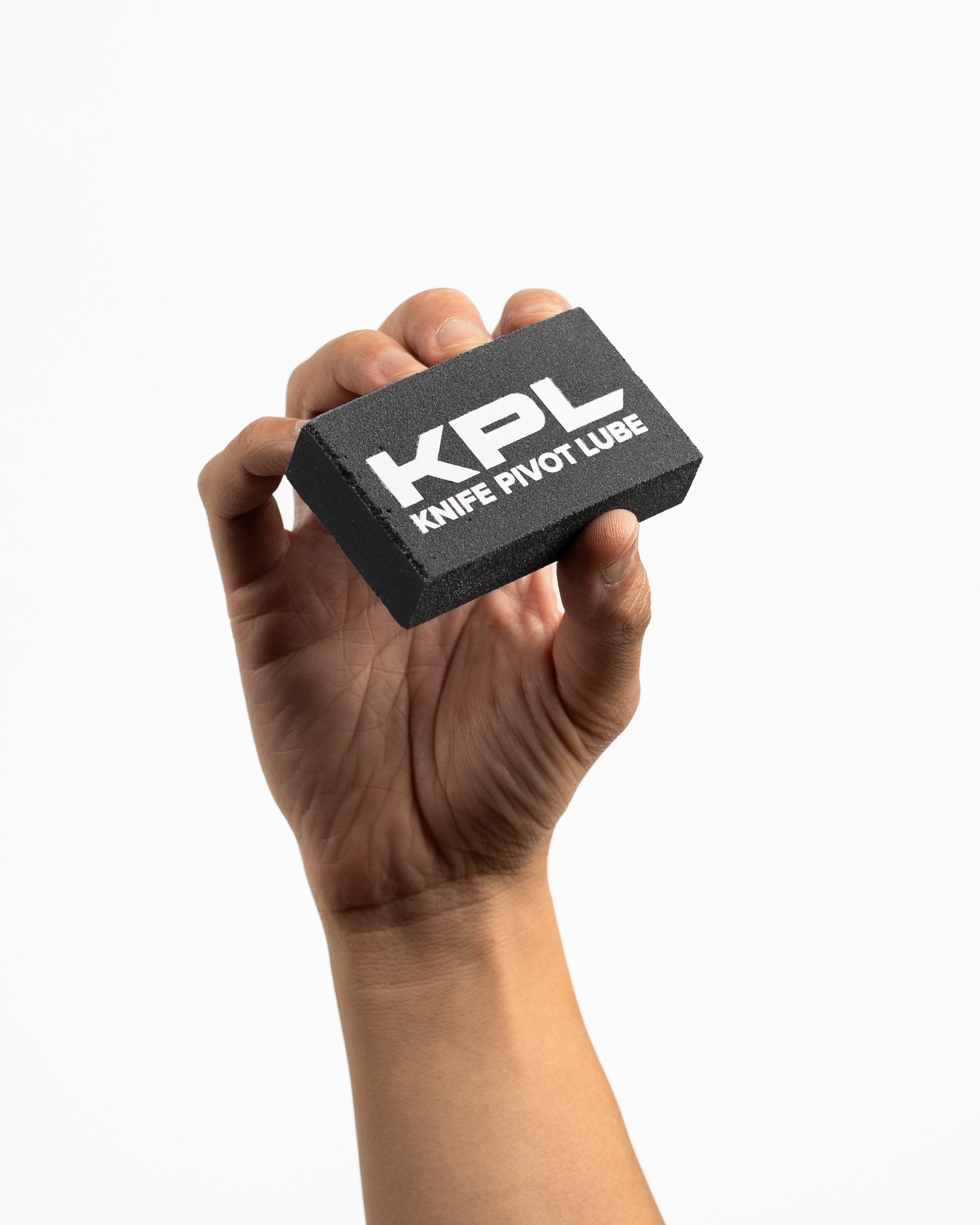
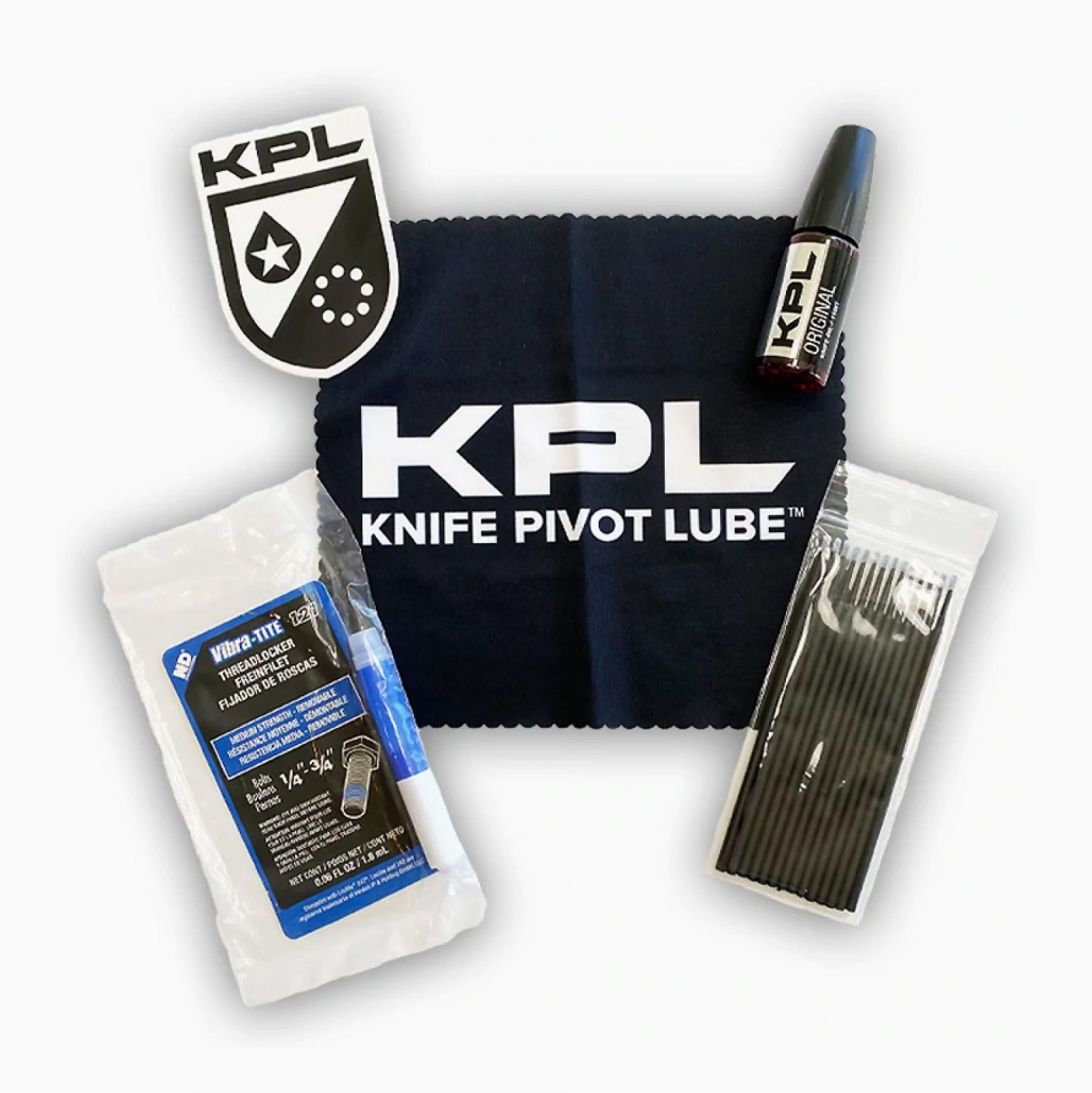
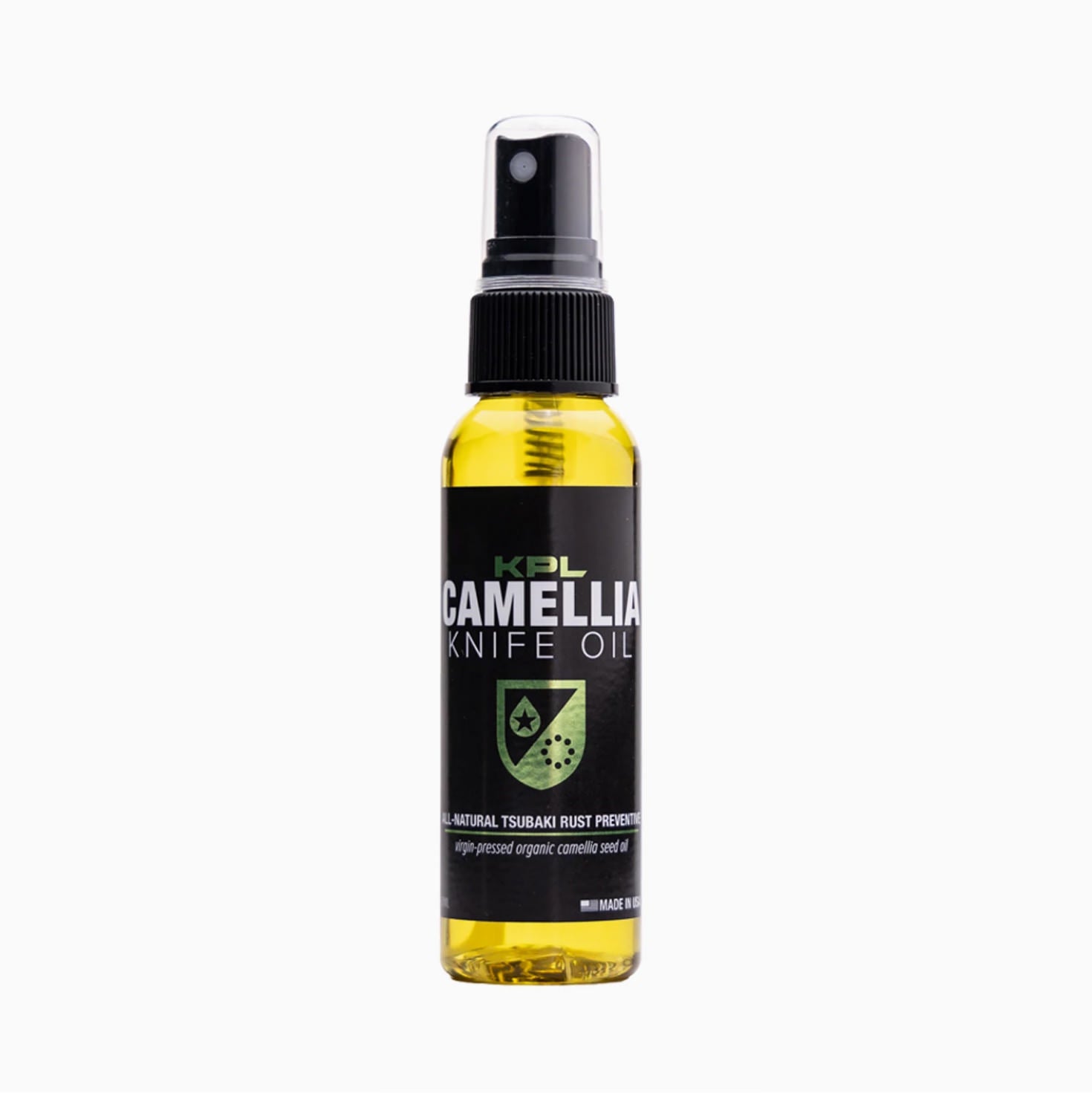


Comments
Donge Burdwell said:
Delaware bill SB 108 July 30, 2025 not only removes restrictions on the sale or possession of automatics in Delaware, it also amends the “Deadly Weapons” exemption for “ordinary pocketknife” by deleting “folding” in order to cover all knife types. It also increases the legal blade length from 3 to 3.75 inches.
Michael Shakarian said:
I really like the clarification of what you can carry in what States and the lengths this was a really good article.